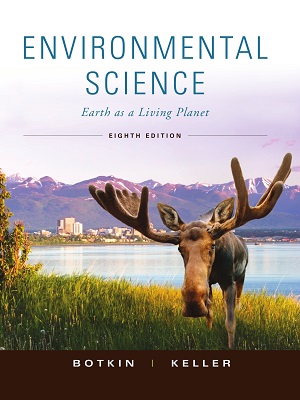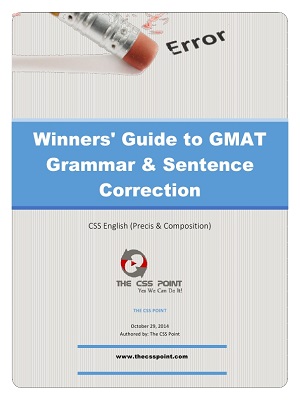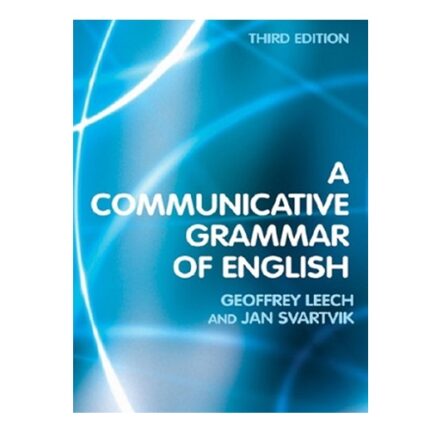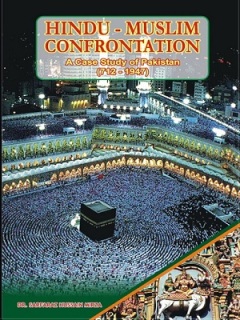Environmental Science Earth as Living Planet By Botkin. Environmental Science Earth as Living Planet By Botkin, Eighth Edition provides emphasis on the scientific process throughout the book giving readers the structure to develop their critical thinking skills. Updated and revised to include the latest research in the field, the eighth edition continues to present a balanced analytical and interdisciplinary approach to the field. New streamlined text clears away the “jargon” to bring the issues and the science to the forefront. The new design and updated image program highlight key points and make the book easier to navigate. Environmental science is a group of sciences that attempt to explain how life on the Earth is sustained, what leads to environmental problems, and how these problems can be solved.
We depend on our environment. People can live only in an environment with certain kinds of characteristics and within certain ranges of availability of resources. Because modern science and technology give us the power to affect the environment, we have to understand how the environment works, so that we can live within its constraints.
Many sciences are important to environmental science. These include biology (especially ecology, that part of biology that deals with the relationships among living things and their environment), geology, hydrology, climatology, meteorology, oceanography, and soil science.
We must do more than simply identify and discuss environmental problems and solutions. To be effective, we must know what science is and is not. Then, we need to develop critical thinking skills. Critical thinking is so important that we have made it the focus of its own chapter, Chapter 2. With this in mind, we have also developed Environmental Science to present the material in a factual and unbiased format. Our goal is to help you think through the issues, not tell you what to think. For this purpose, at the end of each chapter, we present “Critical Thinking Issues.” Critical thinking is further emphasized throughout the text in analytical discussions of topics, evaluation of perspectives, and integration of important themes, which are described in detail later.



























Reviews
There are no reviews yet.